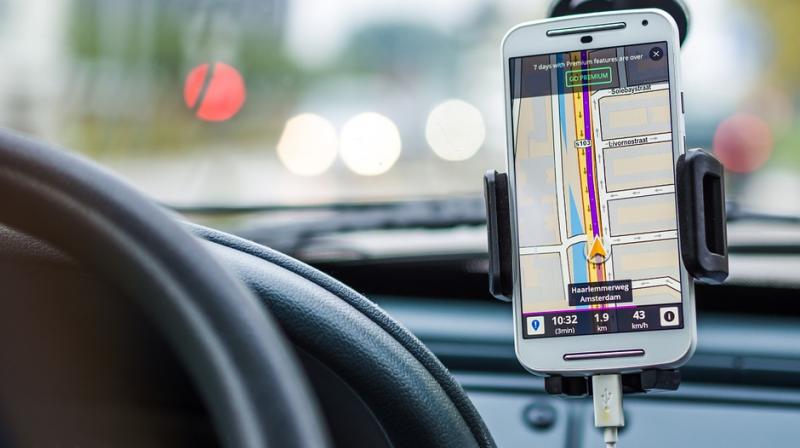The need for smart mobility in Indian cities

Out of the 1.3 billion people in India, about 30 per cent of the population currently lives in cities, a number equal to the entire population of the US. It is estimated that by 2031, the urban population will rise to 60 million, while more metro cities in various regions of the country will emerge. In addition, the number of cities with populations of one million rose to 50 in 2011 according to the Census of India, from 35 in 2001; this number is expected to rise to 87 by 2031.
Vinayak Bhavnani, CEO, Co-founder, Zophop believes that with rapid urbanisation in the country, and expanding city limits across urban areas, there is a growing need for smart transport systems. Urban infrastructure, especially public transport, significantly lags behind in meeting the requirements of commuters. A majority of the Indian population depends on public transport systems to commute to work daily, and problems such as growing traffic congestion, inadequate capacity of transport modes, and rising pollution levels only add to the woes of commuters who have to deal with an already chaotic public transport system. Hence, there is an urgent need for effective infrastructure for public transport, and this is why India needs smarter mobility solutions at the earliest.
Since public transport is an integral component of urban infrastructure, building a smarter system for urban mobility is imperative to the creation of smarter cities. Urban transport reforms in the country are finally a reality, thanks to national policies by the central government, as well as state government programmes. The Smart India Mission by the Government of India is the biggest and most important program so far, aimed towards improving the urban infrastructure in the country, as part of which the government will facilitate greater investment in public transport systems and initiate transit-oriented development (TOD) across 100 cities in the country, making them more energy efficient, better connected, and less polluted.
As part of the initiative, the government will also provide a funding of Rs 50,802 crore to upgrade the selected cities over a five-year period from 2015 to 2020. The greatest emphasis of the Smart Cities initiative will be on building and developing efficient public transport and urban mobility systems. To achieve this goal, the government approved 90 projects to develop road transport and flyovers, 10 for Mass Rapid Transport (MRT), while other projects will focus on developing intelligent traffic management and integrated multimodal transport.
Technology and intelligent urban mobility solutions
Intelligent Transportation Systems (ITS) are helping to ease the troubles commuters face on an almost daily basis. Today, more and more digital start-ups provide urban mobility solutions through mobile applications to commuters and assist them with planning their daily intra-city travels. These Intelligent Transportation Systems employ Information and Communication Technology (ICT) interventions such as traffic detection mechanisms, road intersection control, incident detection, road sensors, public transport information and vehicle tracking to effectively manage transportation.
In addition, passenger information systems provide commuters using public transport, with real-time information. Such technologies also power the information systems for airlines and the Indian Railways, and provide more reliable, real-time information on ETAs to control passenger traffic at airports or railway stations.
With digital technologies and the Internet of Things (IoT), physical and virtual worlds have merged to offer consumers a seamless experience of navigating through a complex transport system. With the government adopting digitisation and technology with open arms, and opening investment avenues for private players, it may not be long before public infrastructural systems in the country such as urban mobility and transport, achieve global standards and help us realise our dreams of living in smart cities.

